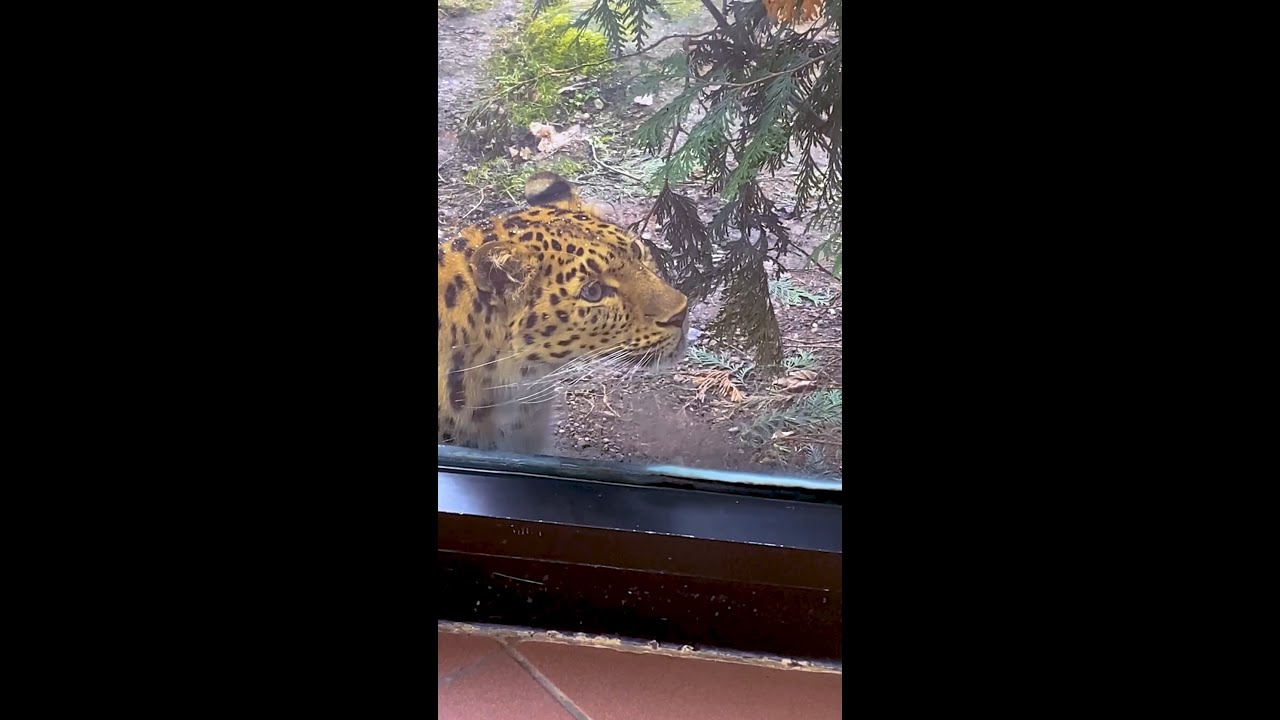– Understanding the biology and behavior of the Amur leopard
– The critical role of zoos in Amur leopard conservation
– Strategies for wildlife conservation and habitat restoration
– The importance of global cooperation in preserving biodiversity
– Leveraging technology and research for the future of the Amur leopard
The Amur leopard, known scientifically as Panthera pardus orientalis, is one of the world’s most endangered big cats, with an estimated wild population of just over 100 individuals. This article aims to shed light on the Amur leopard love—its biology, behavior, and the concerted efforts being made to save it from the brink of extinction.
Understanding the biology and behavior of the Amur leopard reveals much about its needs and the challenges it faces in the wild. Adapted to cold environments, this subspecies has a thick coat of fur, which grows longer and denser during winter. They are solitary animals, with males and females coming together only for breeding. Remarkably agile, they can run up to 37 miles per hour, jump over 19 feet horizontally, and leap up to 10 feet vertically. Their diet mainly consists of roe deer, sika deer, and smaller animals. Insights into their lifestyle and diet provide crucial information for their conservation in the wild and care in captivity.
The role of zoos in conserving the Amur leopard has evolved significantly. Modern zoos focus not only on breeding programs but also on education and engaging the public in conservation efforts. These institutions collaborate closely with international conservation organizations to share data, genetics, and strategies to bolster the wild population, ensuring genetic diversity and the health of the species. The global zoo community contributes significantly to studying the behavior and health of these leopards, which is vital for their conservation and reintroduction programs.
Wildlife conservation and habitat restoration strategies are multifaceted and require a comprehensive approach. Efforts to protect the Amur leopard must address poaching, habitat loss, and prey depletion. Anti-poaching units, strict law enforcement, and community engagement are essential to reduce threats. Restoration of their natural habitat involves reforestation projects and creating wildlife corridors to connect fragmented populations. Such strategies are crucial for the species’ long-term survival, allowing for natural behaviors and increasing genetic diversity.
The importance of global cooperation in preserving biodiversity is epitomized in the fight to save the Amur leopard. International collaboration brings together expertise, resources, and political will to tackle cross-border conservation challenges. Projects like the Amur Leopard and Tiger Alliance (ALTA) and the Land of the Leopard National Park in Russia are examples of successful international efforts to conserve critical habitats and engage in extensive research and monitoring. Global cooperation ensures a coordinated response to threats, maximizing the impact of conservation efforts.
Leveraging technology and research is essential for the future of the Amur leopard. Camera traps, GPS collars, and drones provide unprecedented insights into their behavior, movements, and threats. Genetic studies offer valuable information on their health, genetic diversity, and breeding strategies. Ongoing research and technology development are crucial for adaptive management strategies that can respond to new challenges as they arise.
Through a combined focus on understanding Amur leopard biology and behavior, the critical role of zoos, innovative conservation strategies, international cooperation, and the use of technology and research, there is hope for the Amur leopard. These majestic animals symbolize the wild’s beauty and fragility, reminding us of the collective responsibility to protect our planet’s biodiversity. By engaging in informed, conscientious conservation efforts, we can ensure that future generations will have the opportunity to appreciate the Amur leopard not just in videos or zoos but thriving in their natural habitat.
*****
Source Description
Elegant Iona was very interested in this “portrait” of her new beau Rafferty. ❤️
Video from Friends of the Zoo Writer/Content Creator Patrick
#Syracusezoo #Syracuse #CNY #OnondagaCounty #OnondagaCountyParks #AmurLeopard #WeAreAZA #Leopard


